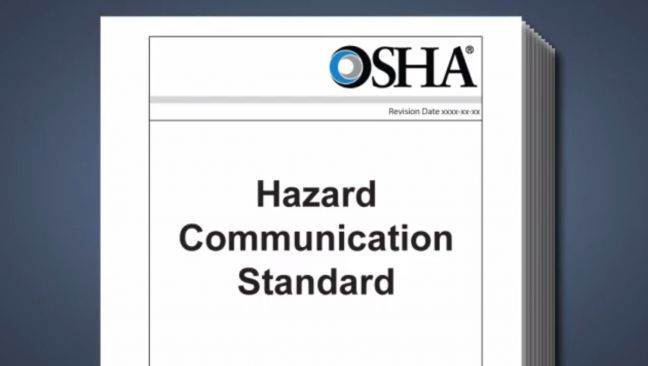
This is the third in a series of articles regarding potential liability in workplace accidents…
In a great many workplaces in San Antonio, as well as throughout Texas and the country at large, workplace management has to deal with the issue of hazardous materials, especially chemicals that are necessary to get the job done. Whether they are dealing with hazardous waste that is being stored at the facility, or they are dealing with a compound that is potentially corrosive and/or toxic, it is absolutely necessary for everyone at the workplace to work with these materials safely and securely for everyone.
The Law: Workers Must Be Safe, No Matter What
Because safety is among the most important things for all employers and facilities managers to consider, an important tool has been established and implemented as a way to avoid trouble via improved hazard communication. The requirements necessary for proper hazard communication can be found in the Hazard Communication Standard as issued by the Occupational Safety and Health Administration (OSHA).
What is the Hazard Communication Standard?
The OSHA-devised Hazard Communication Standard (HCS) requires all employers to identify all hazardous substances being used in the workplace, then make sure they’re properly labeled, and train all employees with regard to the proper storage, use, and handling of these substances. A hazardous substance is any one that presents potential health or physical hazard. When OSHA issued the HCS, their purpose was to ensure that workers have been properly informed about the possible harmful effects of chemicals in the workplace. This regulation is often called the HAZCOM Standard, but it is also known as the Employee Right-to-Know Standard. The standard can be found in 29 CFR 1910.1200.
To summarize, the purpose of the Hazardous Communication Standard is to:
- Provide a safe and healthy workplace when handling hazardous chemicals
- Train employees to recognize chemical hazards and protect themselves from exposure
- Provide a formal mechanism that identifies the chemical hazards in the workplace and the management/engineering controls necessary to protect workers from exposure
Employers, facility owners, managers, tenants, and contractors who use hazardous chemicals or materials in the course of their work are required to comply with all requirements cited in the HCS. Many parties can be responsible for the actions of everyone who works in their workplaces, and that includes contractors and sub-contractors. Actions that comply with the HCS can include the appropriate use and storage of hazardous chemicals as well as the implementation of a formal Hazard Communication Program.
All workers in the workplace must be informed of the hazards of the chemicals they use and properly trained to protect themselves from those hazards. Simply stated, building owners, employers, and managers are required to inform all building employees, tenants, and contractors of all hazardous materials with which they may come in contact in the workplace. They are required to ensure that workers are able to use such products safely.
The Responsibility Falls on Employers and Facility Owners
The HCS training requirements are very specific and require owners and other responsible parties to provide hazard communication training for their employees when they are assigned to work with one or more hazardous substances. While management may be delegated the responsibility for this, the owner or employer retains ultimate liability. The intent of this standard is to make workers aware of the potential hazards before they are exposed, so they can protect themselves.
It is not possible to satisfy the training provisions of the HCS simply by making data sheets available to employees. Any employer’s training program must become a forum for explaining the hazards of the chemicals present in the workplace and how to use the information provided t keep themselves and everyone else safe. It is not necessary to hold separate training on each chemical individually, and the training does not have to be unusually elaborate. However, the training that is provided must be comprehensible for employees and complete enough for employees to understand how to use these materials safely.
